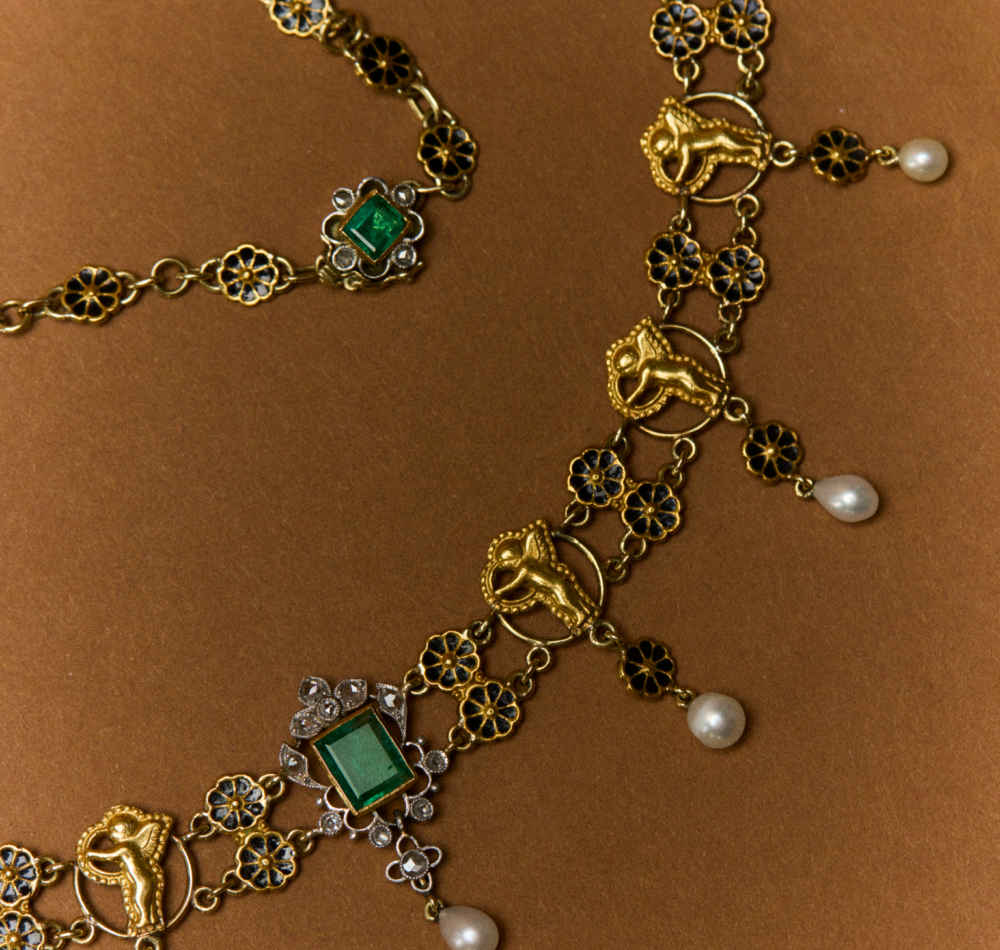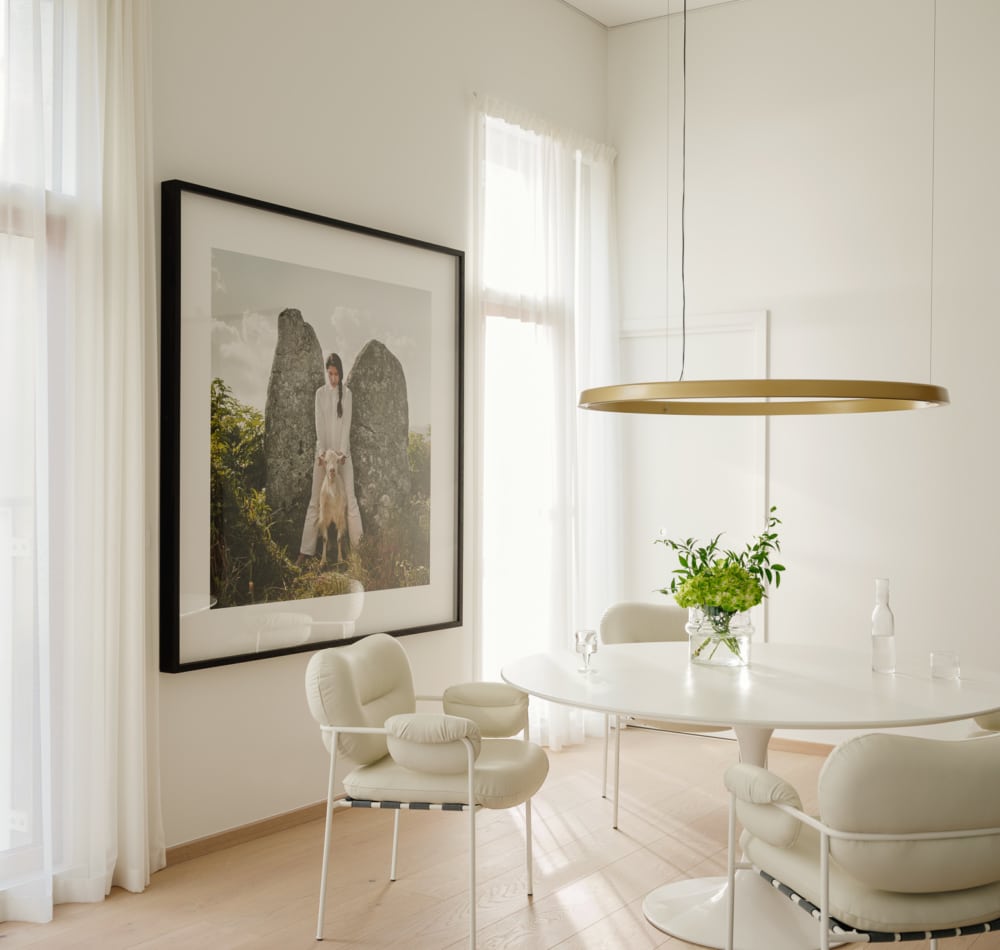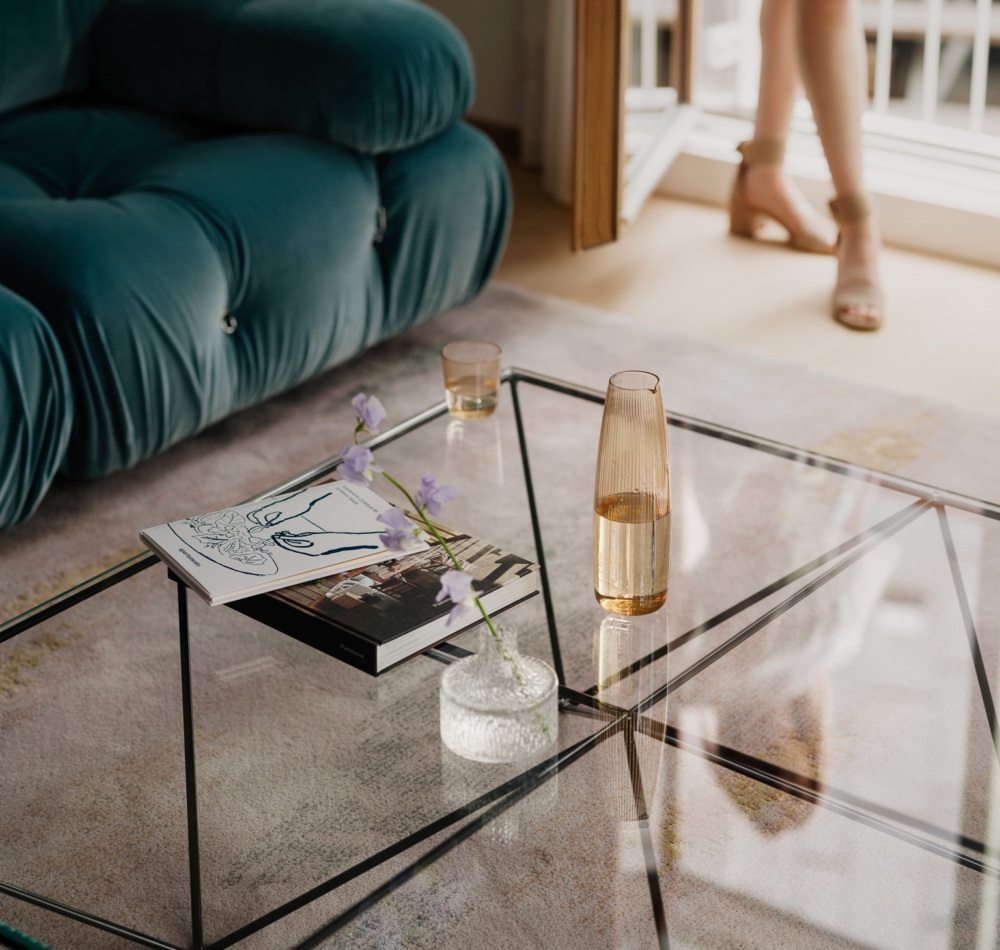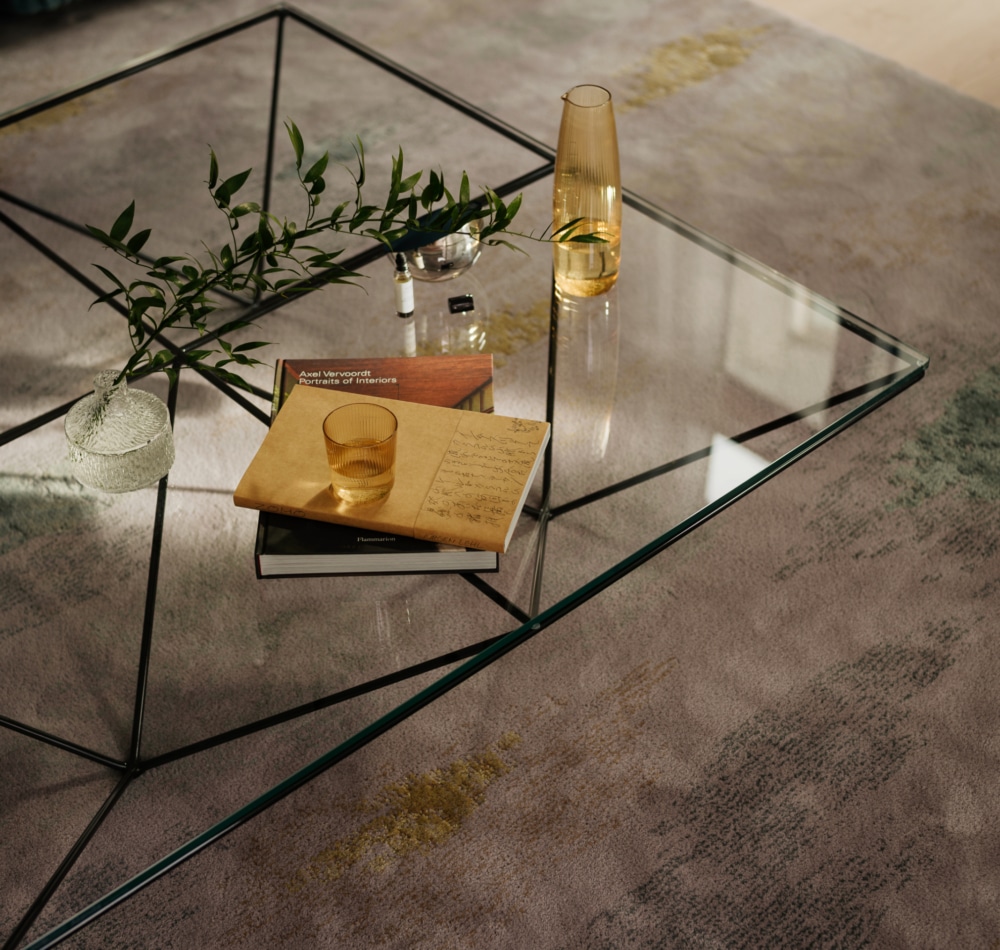Arts and crafts
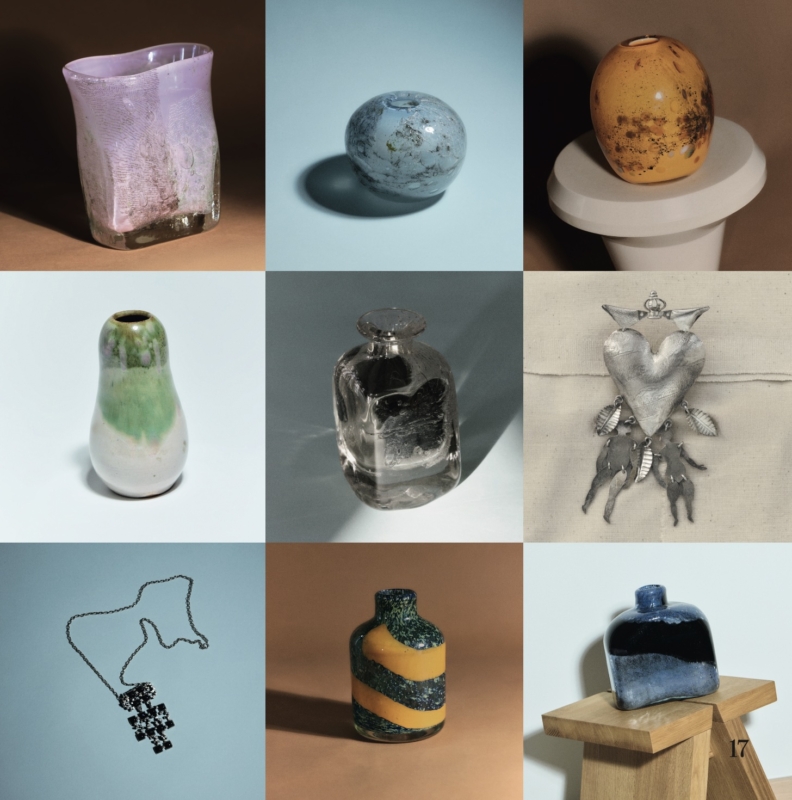
LEGACY OF THE PAST
Benny Motzfeldt and her contemporaries left an unforgettable imprint on the art world, securing their spot among Norway’s finest. Can their legacy guide us as we move forward? In a world of automation and AI, will handcraft and hands-on artistry make a bold comeback? After all, true quality never fades. So, here’s to going back to the future – where the human touch reigns supreme!
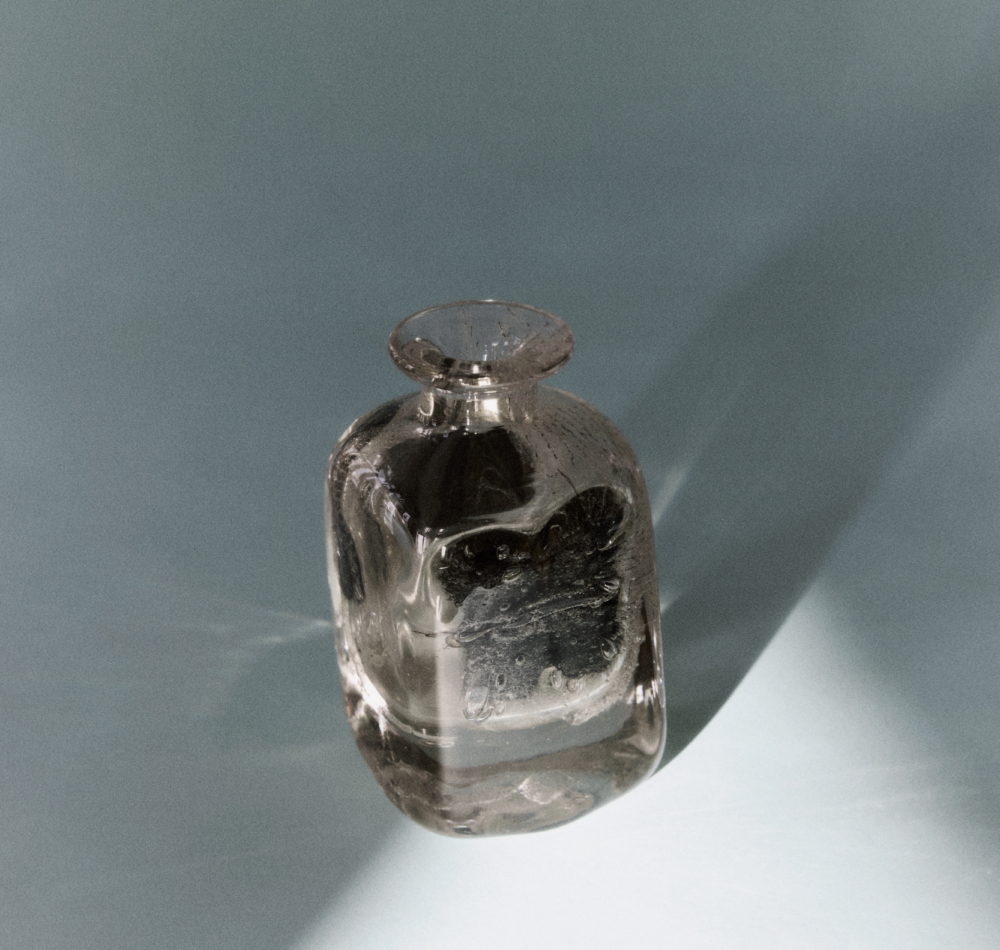
BENNY MOTZFELDT 1909 – 1995
Benny Motzfeldt was a pioneering Norwegian artist, best known for her contributions to the world of glass art. Her innovative approach to glasswork transformed traditional techniques into strikingly modern and expressive forms, earning her a place among Norway’s most celebrated artists. Motzfeldt's career in glass artistry began relatively late, but her unique vision quickly garnered attention.
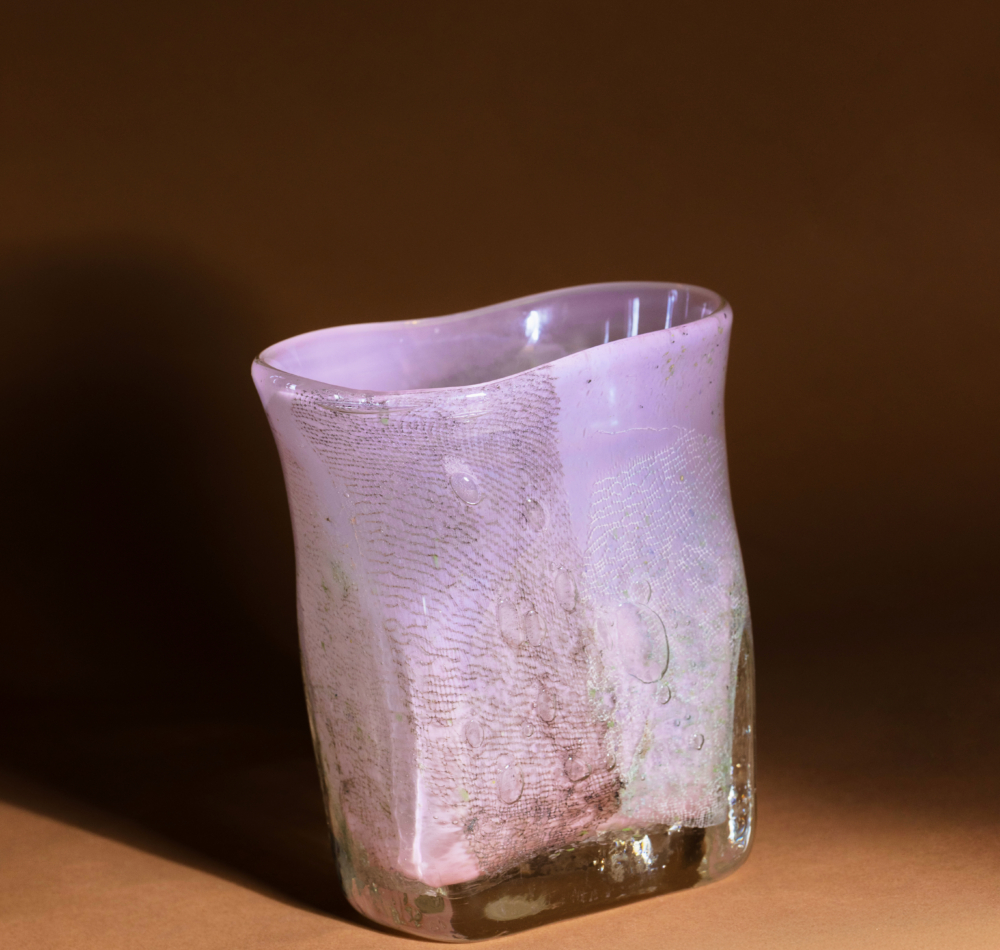
She debuted as a visual artist in 1936 and continued this work until 1955, when she got a position as a designer at Christiania Glasmagasin. However, her interest in glass blossomed after a visit to the glass producer Venini on the island of Murano in Italy, where she fell in love with the artistic expression of the distinctive glass.
From 1959, she designed works for Hadeland Glassverk, and the Benny series (1960) is today considered a design classic. Her piece Isfugl (icebird), also designed for Hadeland Glassverk, was purchased by the U.S. Vice President Lyndon B. Johnson in 1963 as a gift for his wife, Alta Taylor, who was known by the nickname «Lady Bird.»
From 1967, Motzfeldt served as artistic director
at Randsfjord Glassworks until 1970, when she
was approached by Per Tannum, who wanted
her to take over the role of artistic director for
the PLUS glass studio in Fredrikstad. She stayed
at this position until 1979, before she wanted to
focus more on art glass and exhibitions in the
later years of her life. Motzfeldt passed in 1995.
She became renowned for her experimental
methods, often incorporating air bubbles,
metal, and other materials into glass, creating
pieces that seemed to shimmer with life and
texture. This fusion of materials and her mastery
of color and form brought her international
recognition and admiration. Her work has been exhibited in prestigious galleries and museums across the globe, solidifying her status as a key figure in Scandinavian art.
Motzfeldt's designs, often inspired by nature
and the landscapes of Norway, reflect a deep
connection to her heritage, yet transcend
geographic boundaries through their universal
beauty and innovation.
Benny Motzfeldt ’s artistry was celebrated with
numerous awards throughout her career.
Among her many accolades, she was the
recipient of the Norwegian State Art Award
and the Jacob Prize, one of Norway’s highest
honors for design and craftsmanship. Her work
has been acquired by notable institutions such
as the National Museum of Art, Architecture
and Design in Oslo, and the Victoria and Albert
Museum in London.
She remains a symbol of artistic innovation,
resilience, and the power of pushing creative
boundaries.
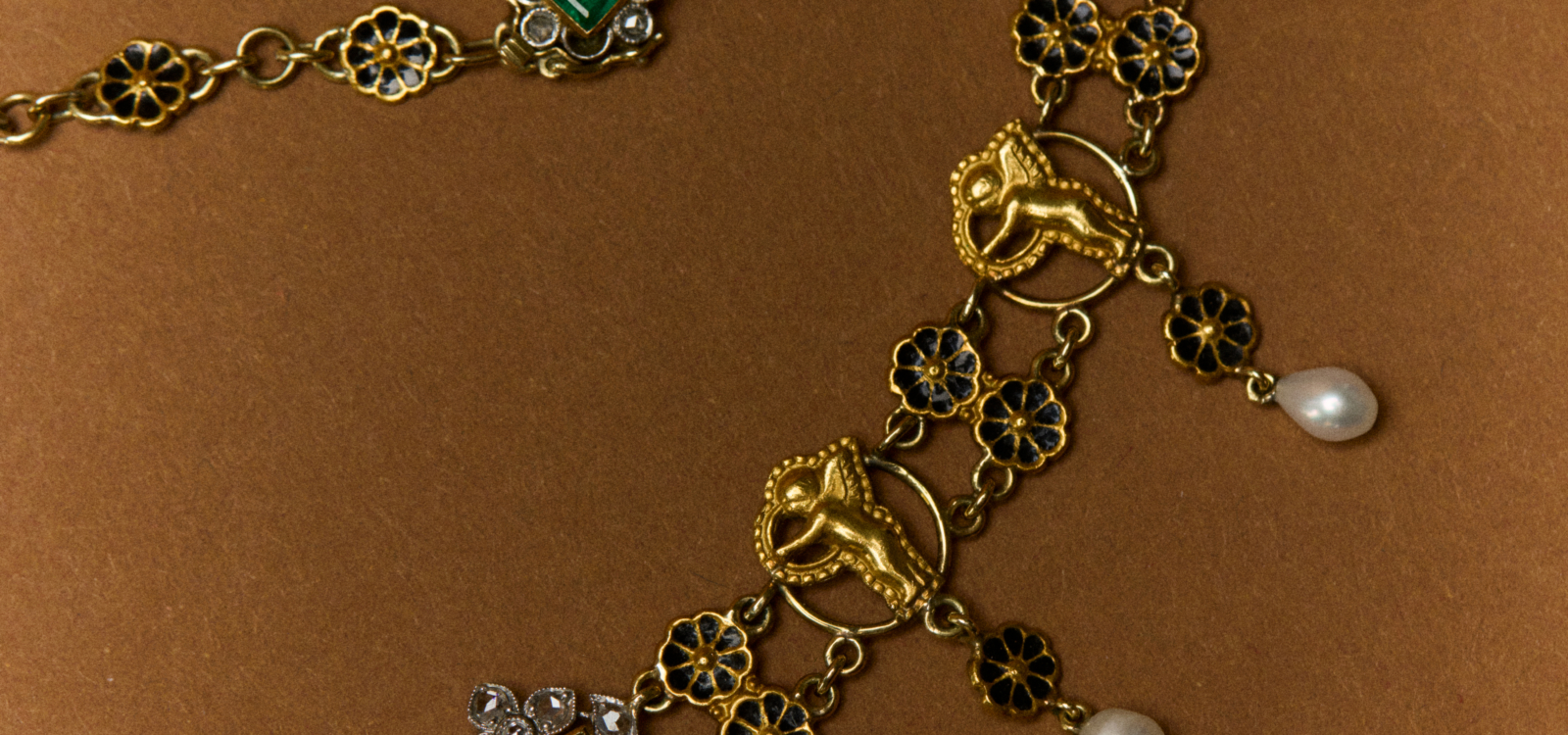
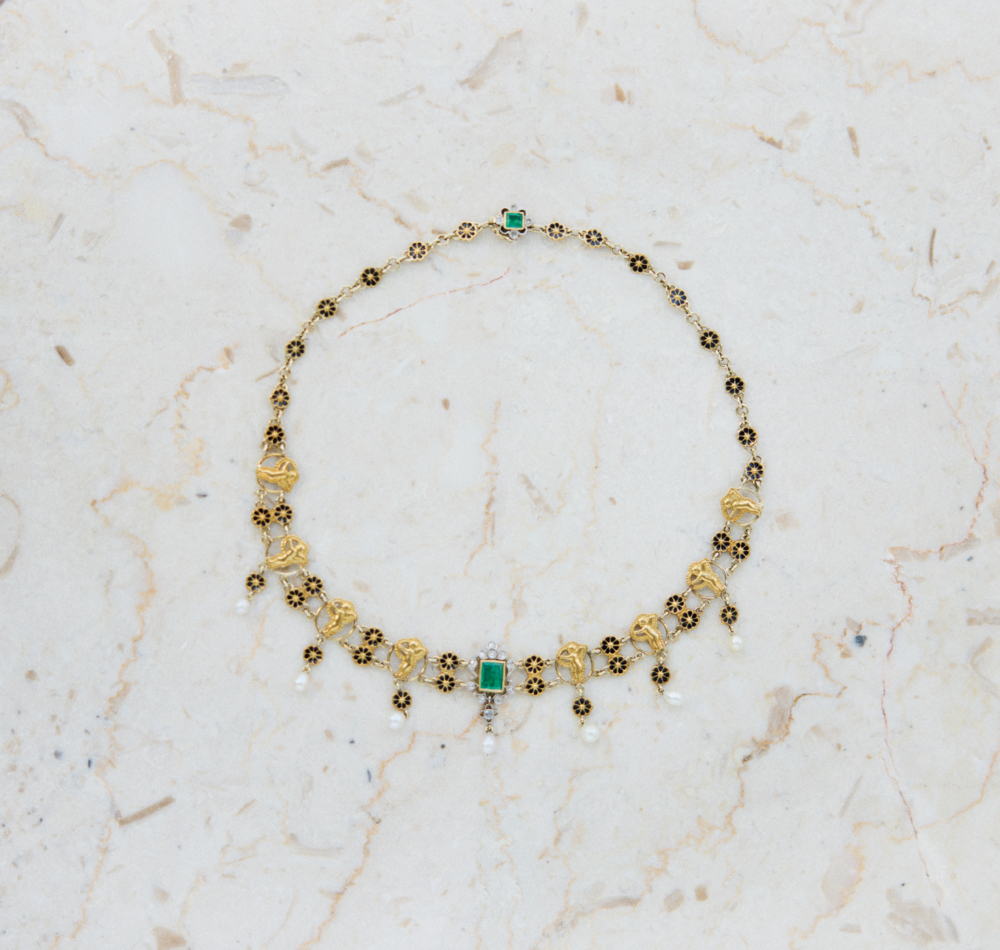
JACOB TOSTRUP PRYTZ 1886 – 1962
Jacob Tostrup Prytz was a renowned Norwegian goldsmith, designer and educator who played a significant role in modernizing Norwegian applied arts. He was educated at the prestigious Norwegian National Academy of Craft and Art Industry, where he later served as principal (1934-56), and was further trained in Paris, which influenced his distinctive Art Deco style. Prytz is best known for his innovative jewelry and silverware, merging traditional craftsmanship with modernist design.
His enameled jewelry pieces, often featuring bold colors and geometric patterns, remain some of his most celebrated works. He was also instrumental in transforming the family business, J. Tostrup, into a leading modern design house, while serving as its artistic director. His works are exhibited in several prominent institutions like the National Museum in Oslo. While his original pieces are rare, they occasionally appear at specialized auctions and galleries dealing with fine art and historic Norwegian design.
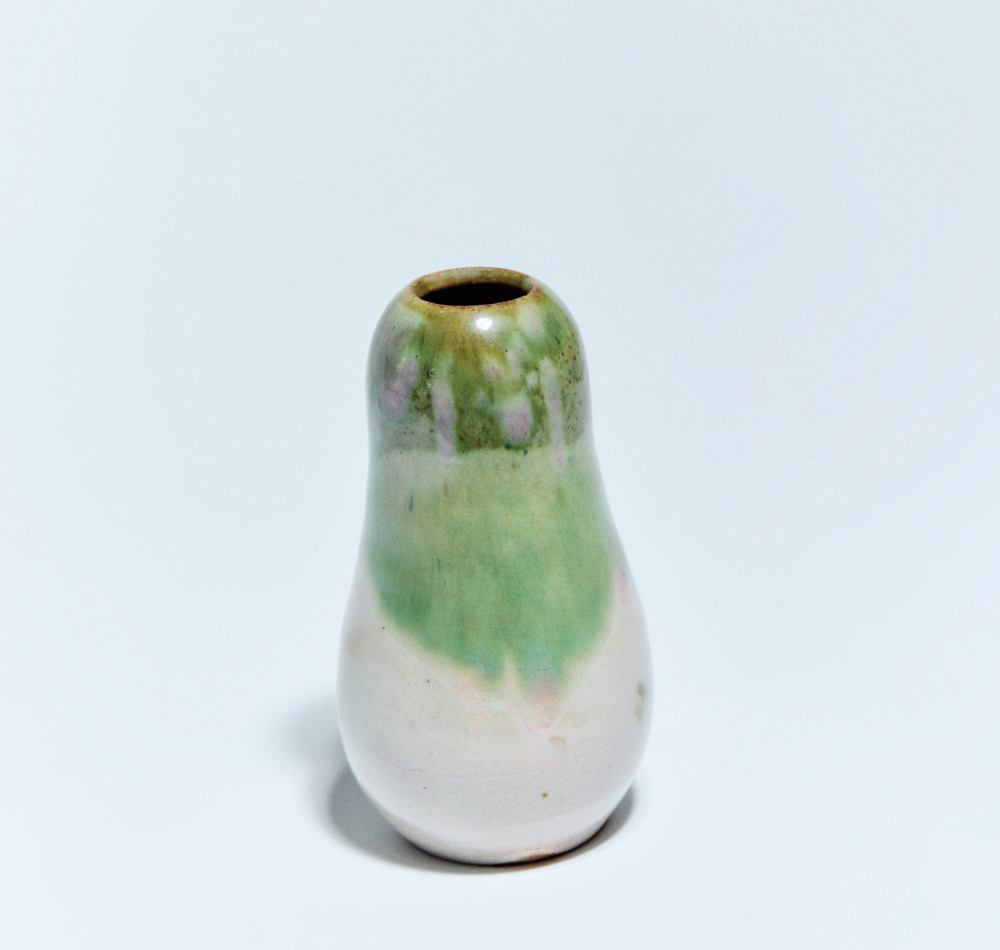
ANDREAS SCHNEIDER 1861 – 1931
Andreas Schneider was a pioneering Norwegian ceramic artist, known for his innovative approach to form and surface design. Initially trained as a painter, Schneider transitioned to ceramics later in his career. He studied at the Royal School of Drawing in Oslo and gained further education in Germany, where he honed his craft and developed a distinctive style. Schneider’s work is marked by an exploration of both functional and sculptural ceramics.
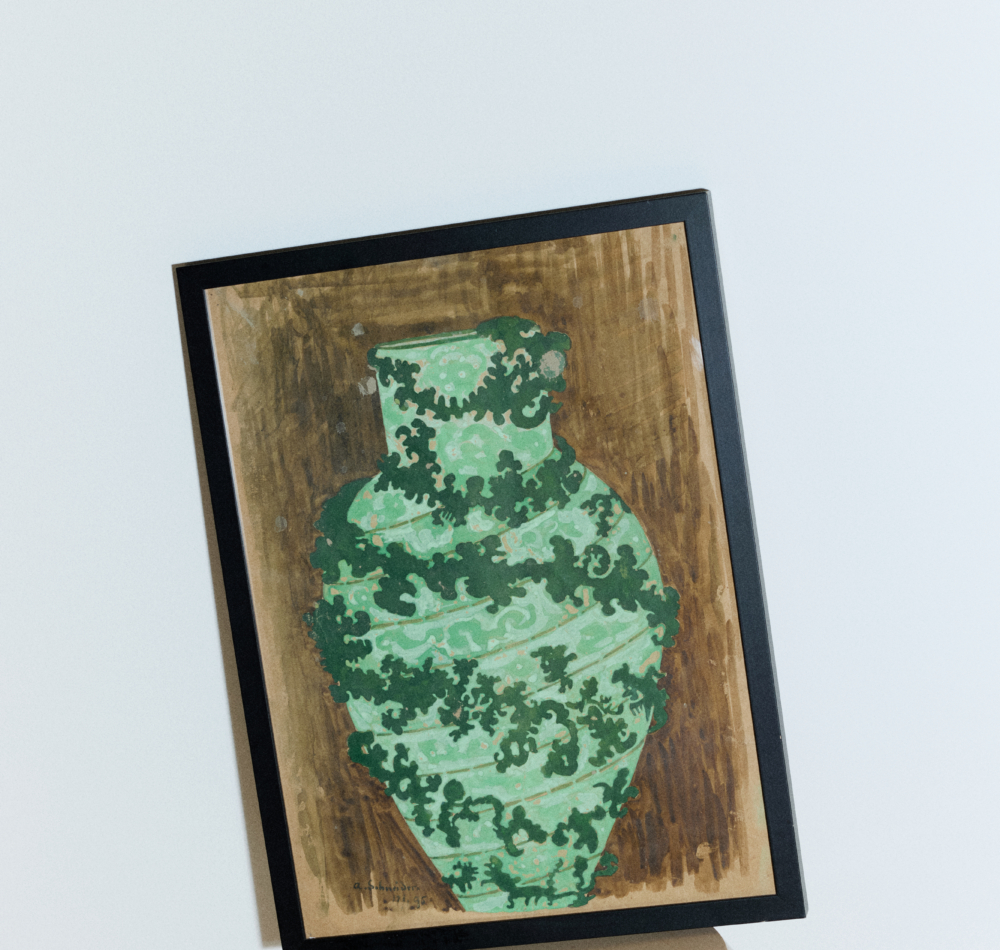
He was known for his use of experimental glazes and rich, earthy textures that showcased a deep connection to natural forms. His most famous works include intricately glazed vases and vessels that blend traditional Norwegian craft techniques with modernist influences. Schneider exhibited widely during his lifetime, and his ceramics are part of the collections at institutions such as the National Museum in Oslo. His pieces occasionally appear at auctions and specialized galleries dealing in early 20th-century Nordic ceramics, making his work accessible to collectors interested in Scandinavian design history.
KONRAD MEHUS 1941
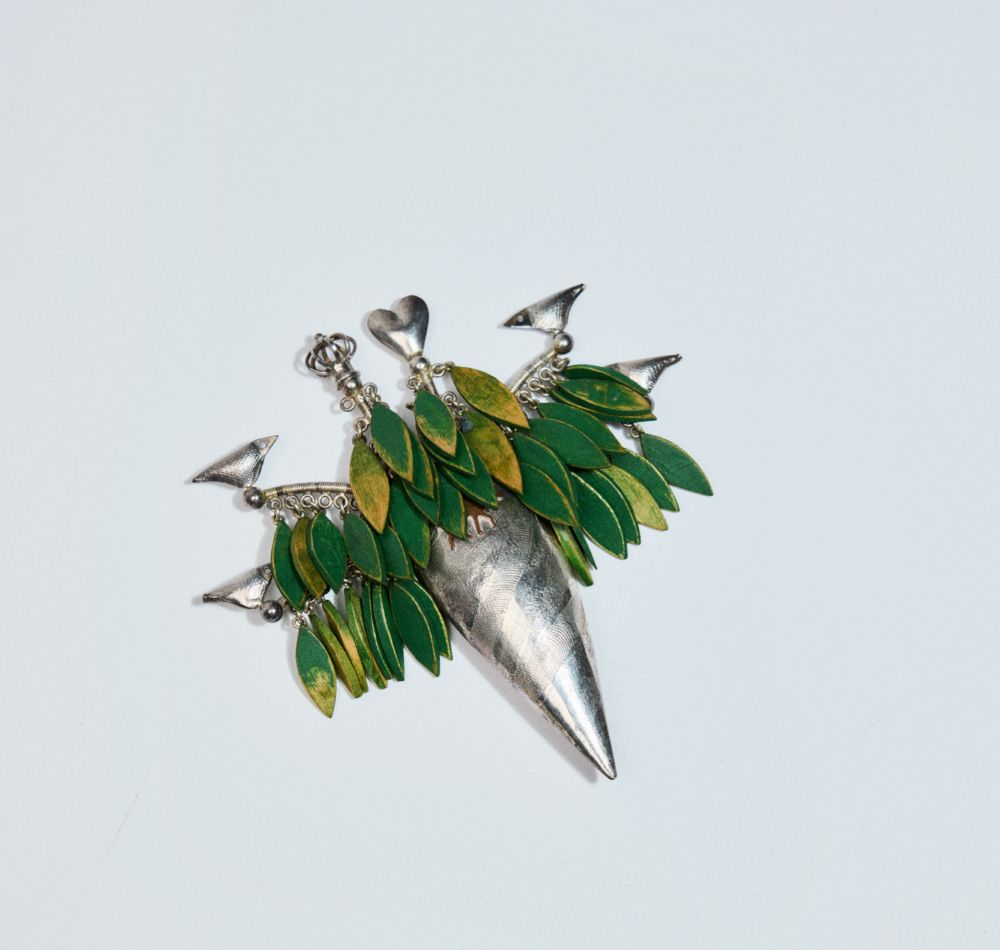
Konrad Mehus is a celebrated Norwegian goldsmith and jewelry artist known for his unique approach that blurs the line between jewelry, art and social commentary. Educated at the Norwegian National Academy of Craft and Art Industry, Mehus has had a long and distinguished career that began in the 1960s. His work is characterized by conceptual depth, often incorporating elements of every day objects, humor and political themes into his pieces.
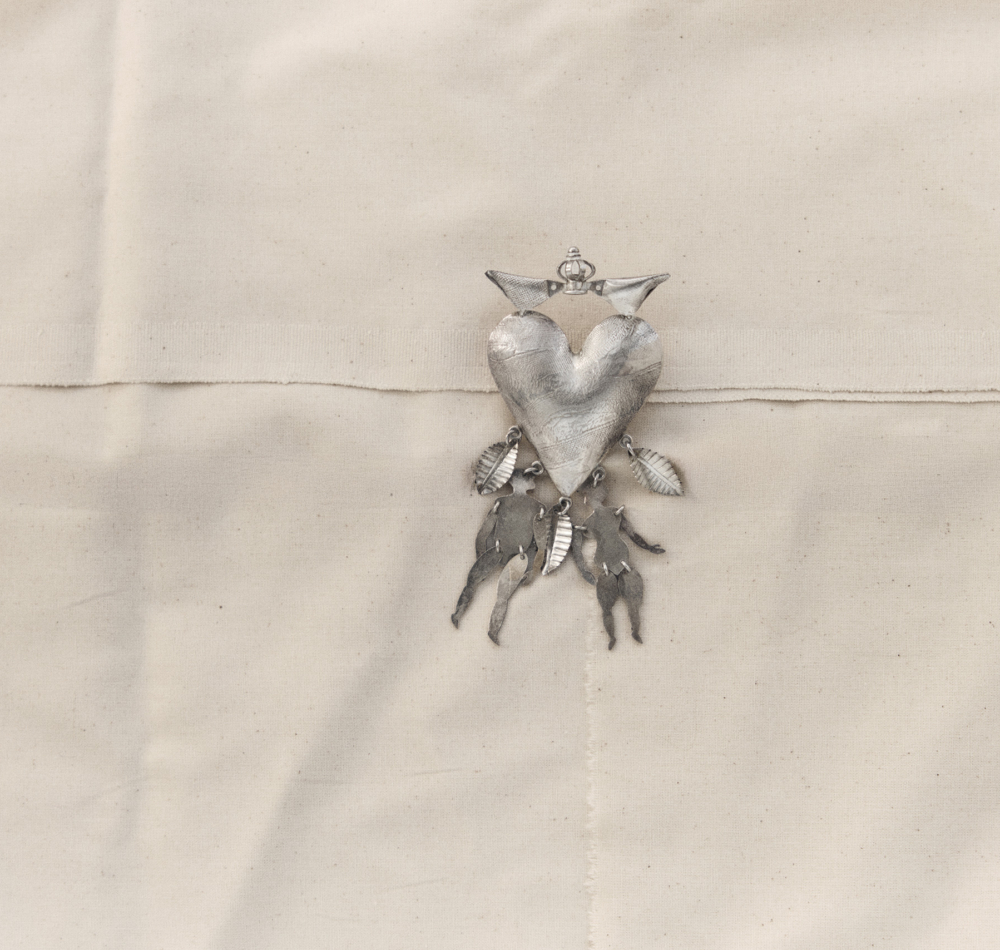
He is known for reimagining jewelry as small, wearable sculptures, each telling its own story. Among his most famous works are the objects «Dinnertime», «Argentina» and «Valium». His innovative use of materials and form has earned him recognition as a pioneer in contemporary jewelry design in Norway. Mehus’ works are exhibited in major institutions, including the National Museum in Oslo and the KODE Art Museums in Bergen. His pieces can be purchased through select galleries and exhibitions, including Oslo’s Galleri Format, which specializes in contemporary crafts and design.
UNI DAVID- ANDERSEN 1930

Uni David-Andersen is a renowned Norwegian goldsmith and jewelry designer, celebrated for her elegant, modernist creations. She is the great granddaughter of famed jeweler David Andersen and was educated at the Norwegian National Academy of Craft and Art Industry, where she developed a deep understanding of traditional techniques and contemporary design principles. David-Andersen’s career highlights include her innovative use of materials and forms, often blending silver and gold with organic shapes and geometric patterns. Her work is characterized by a minimalist aesthetic and fine craftsmanship, reflecting the Scandinavian design ethos.
Some of her most famous pieces are a unique combination of enamel and stone, often in geometric design, which became a hallmark of mid-20th-century Norwegian jewelry design. Her works have been exhibited at major institutions such as the National Museum in Oslo. Uni David-Andersen’s jewelry can be purchased at select fine jewelry stores, including the David-Andersen boutiques in Oslo, as well as through specialized galleries and auction houses.
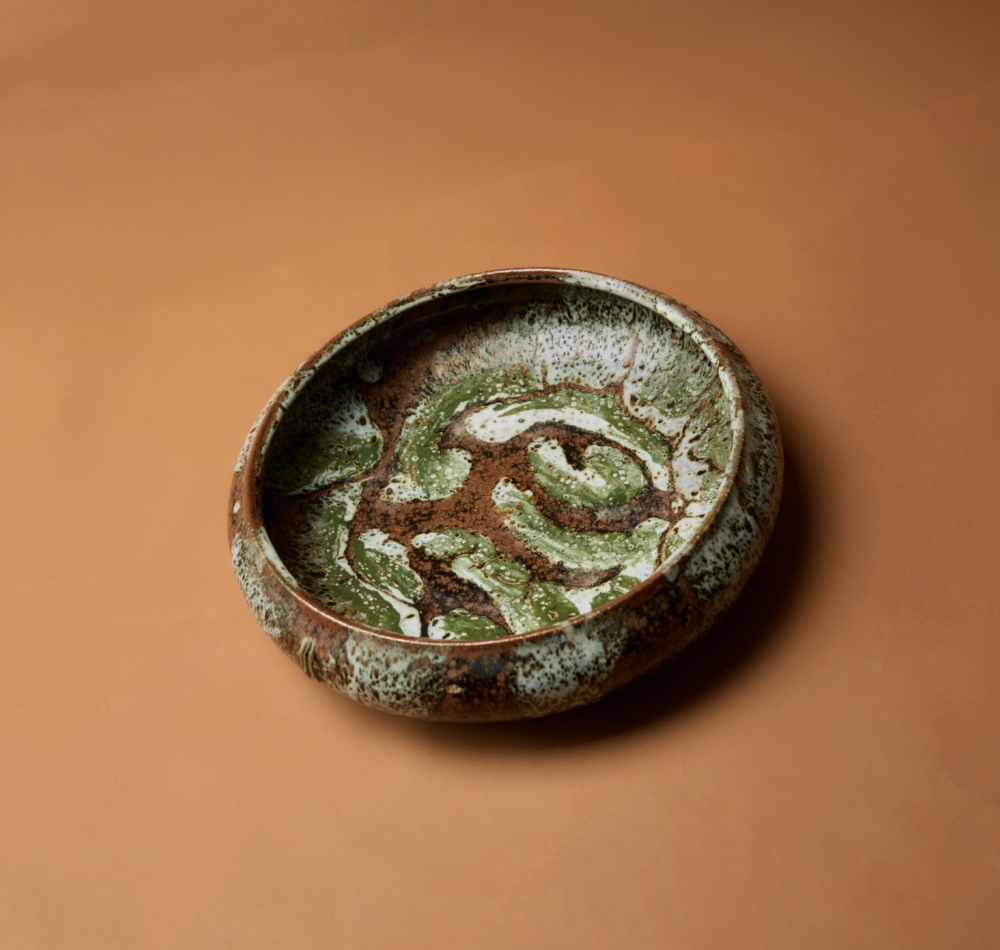
ERIK PLØEN 1925 – 2004
Erik Pløen was a groundbreaking Norwegian ceramic artist, recognized for his bold experimentation with forms and glazes. He trained at the Norwegian National Academy of Craft and Art Industry and continued his education in the United States, where he was exposed to modernist influences that deeply shaped his work. Pløen’s career highlights include his pioneering use of glazes, creating richly textured and colorful surfaces that set his ceramics apart.
His innovative approach often pushed the boundaries of traditional pottery, combining craftsmanship with a sculptural, artistic sensibility. His most famous works are characterized by organic forms and unique glazing techniques, blending earth tones with brilliant, unpredictable patterns. Pløen exhibited widely in both Norway and internationally, including at The National Museum in Oslo, which holds several of his works. His art can also be seen in museums like KODE Art Museums in Bergen and The Victoria and Albert Museum in London. Erik Pløen’s ceramics are highly collectible and can occasionally be found in auctions or galleries specializing in mid-century and modern Scandinavian design.

